Table of contents
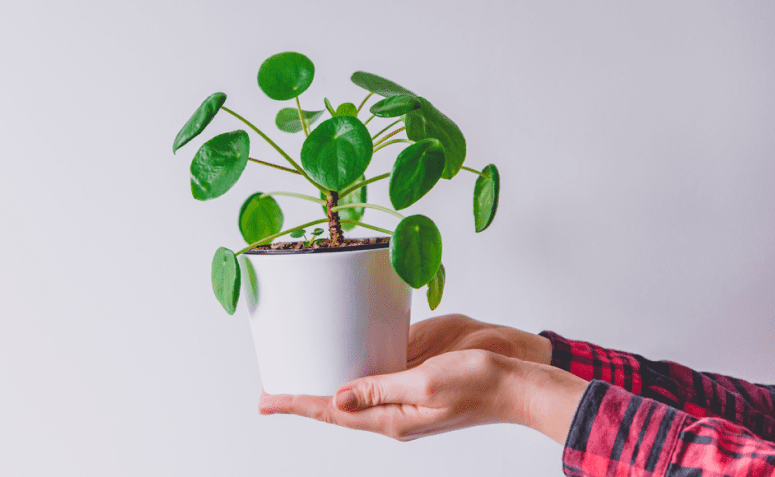
The pilea is the largest genus in the family Urticaceae Certain species of pilea have been gaining space in landscaping projects in Brazil for their beauty and ease of cultivation. Read on to learn about the main types of pilea, how to grow it, and inspirations for adding this plant to your decoration!
See_also: 60 E.V.A. Crafts models to inspire your production3 types of pilea to grow in Brazil
As there are hundreds of species of pilea, we have separated here the characteristics of 3 types that are being frequently used in home decoration and landscaping projects in Brazil.
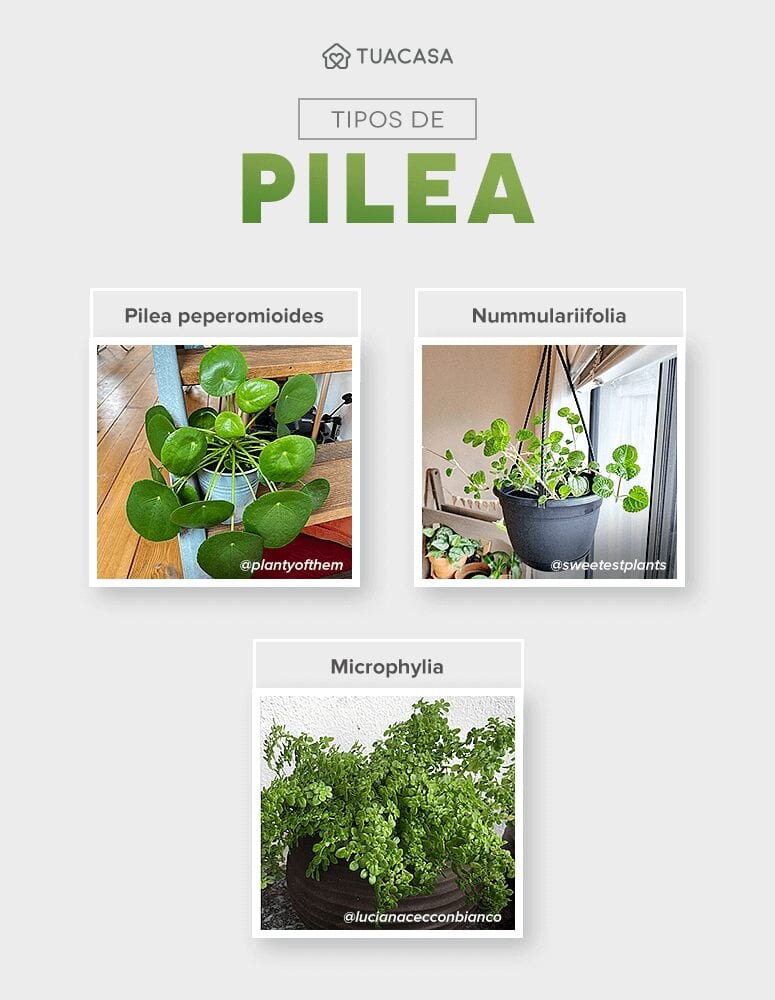
- Pilea peperomioides: known as the Chinese money plant, the Pilea peperomioides It has green, circular leaves that enchant those who love plants. As it likes humidity, temperatures between 18°C and 30°C and must be cultivated in the shade, it is great for indoor environments. The ideal is to place it on the window of the apartment or house. This species costs, on average, R$ 30,00.
- Pilea nummulariifolia: is native to tropical America, including Brazil. It has green, wrinkled leaves that look like coins, so the Pilea nummulariifolia It is also known as dinheiro-em-penca. The plant does not like low temperatures and should be kept in the half shade. It can be grown as a lining in gardens or in hanging pots as a pendant plant. The species costs an average of R$ 24,00.
- Pilea microphylla: popularly known as dinheirinho or brilhantina, the Pilea microphylla is originally found in tropical and North America. It has small shiny green leaves that look like succulents. This species is ideal for half-shaded beds and pots or planters. It is important to remember that this plant should not be stepped on. The average price of this plant is R$ 22,00.
There are other species of pilea in Brazil, like the involucrata and the depressa, but they are not so easily found for sale in the country, so they can make your project difficult, but any of the 3 options above will look great in your home or garden!
How to grow and care for pileia to have a beautiful plant at home
Once you have decided which pilea to grow at home, you must learn how to care for the plant to ensure that it develops well! So watch the videos below to learn how to grow your little plant in the best way.
How to take care of Pilea peperomioides
In this video, you will learn what are the main precautions to take with the Pilea peperomioides Watch it to learn how to water, fertilize, what substrate to use, and what is the best lighting for your plant!
Step by Step of Seedling Creation Pilea peperomioides
If you want to make seedlings from your pilea, watch this video to see how easy and quick it is to propagate your plant at home. To make the new substrate, you will need only soil, charcoal, crushed eggshells, and, if possible, cow manure.
Difference between pennies and pennies
Many people believe that Pilea nummulariifolia (money-in-pence) and the Callisia repens (In this video, you will learn what the particularities of each are, how to grow pennywort and make seedlings of this plant.
What to do with Pilea nummulariifolia when she is big
Over time, the Pilea nummulariifolia can become too large for its pot when grown as a pendant plant. When this happens, the development of the plant is impaired. Therefore, it is necessary to remove the branches of the plant and replant them in other pots. Watch the video to learn how to do this replanting in your home!
See_also: Pedra mineira: 30 ideas for cladding with this finishAs you can see, the daily care of the main species of pilea is quite similar. You just need to keep an eye on the size of your plant to know when it is time to repot it, depending on the species, and remember the step-by-step instructions for making the seedlings.
25 pictures of pilea in decoration to inspire you
You can use the pilea in different places in your home, enhancing the decoration of an environment. Check, now, 25 ideas to get inspired and discover the best way to grow this plant in your home!
1. pilea is making success in indoor environments
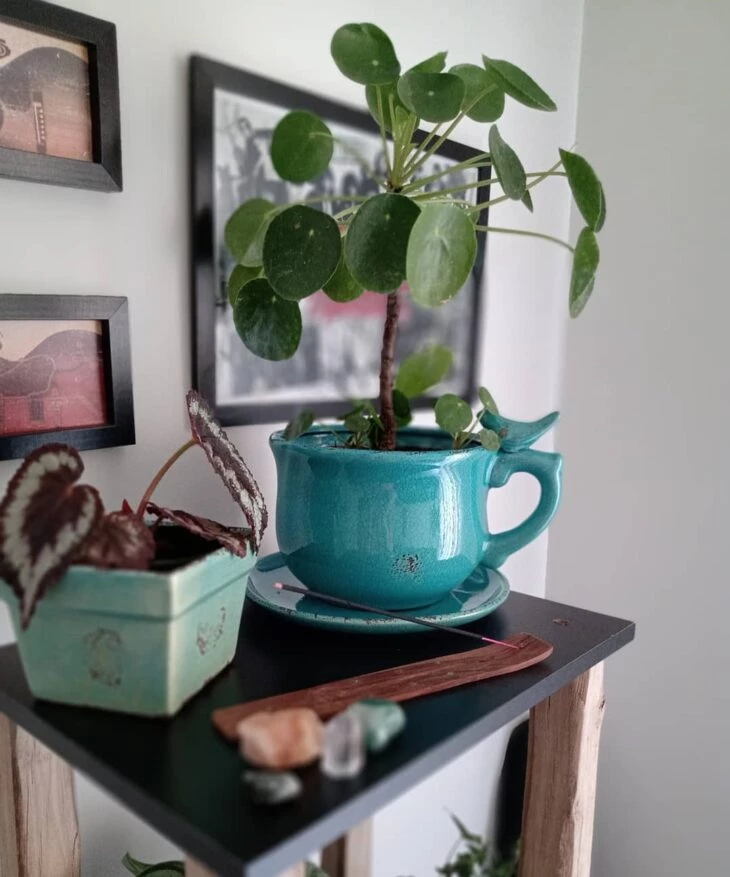
2. it can be placed in a window
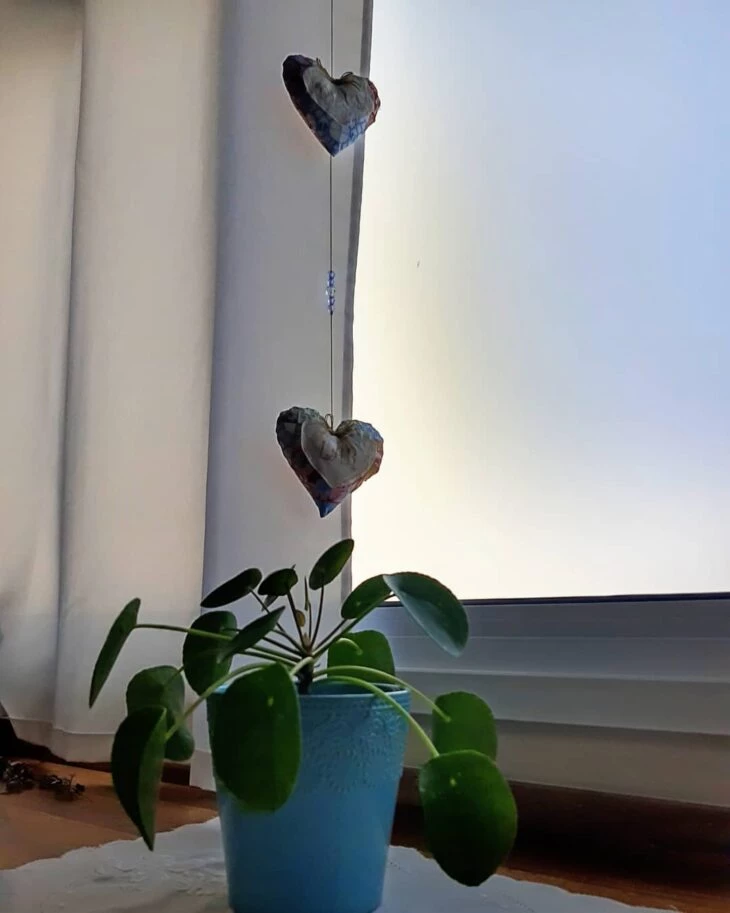
3. or on the balcony, so that the plant receives plenty of sunlight
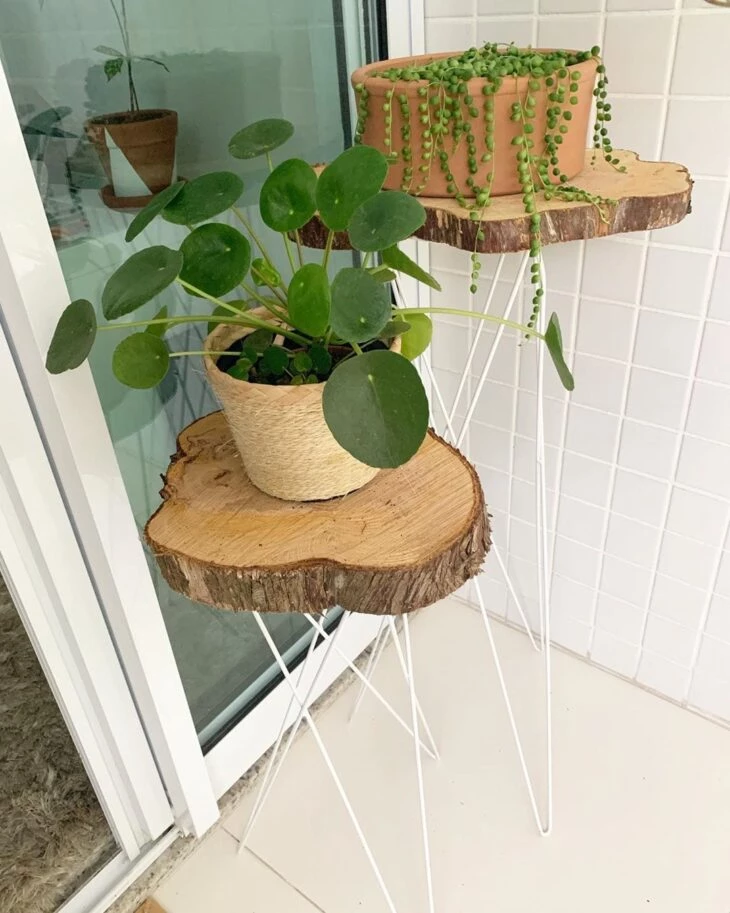
4. at the center of the table, the pilea also looks charming

5. it brings life and beauty to the table
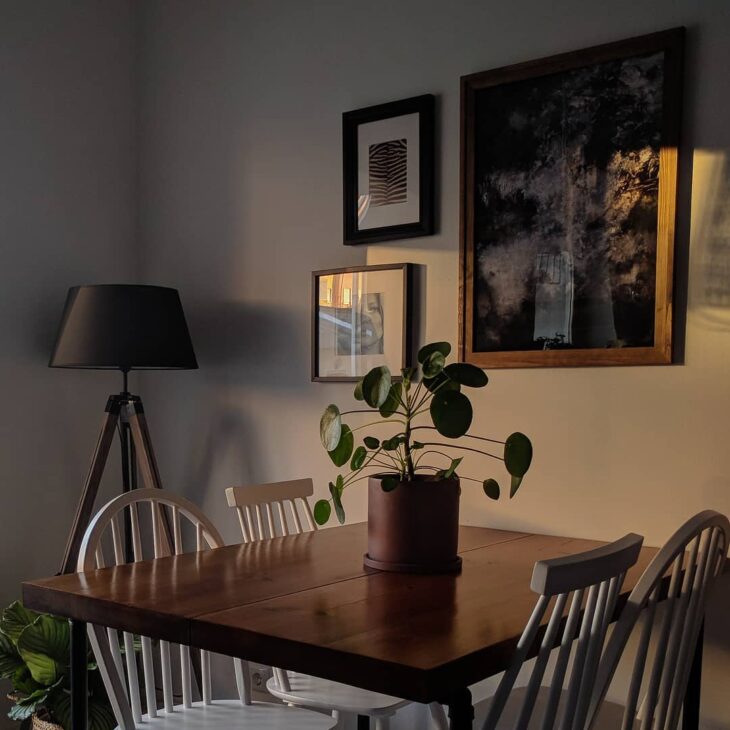
6. a couple of vases in the center of the table makes the place special
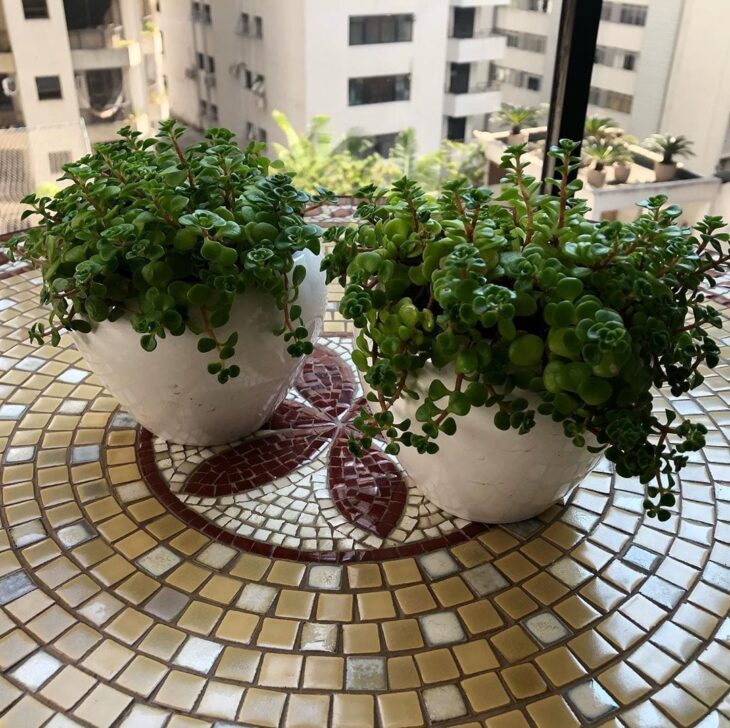
7. how about several pileas, if you have a spacious corner?
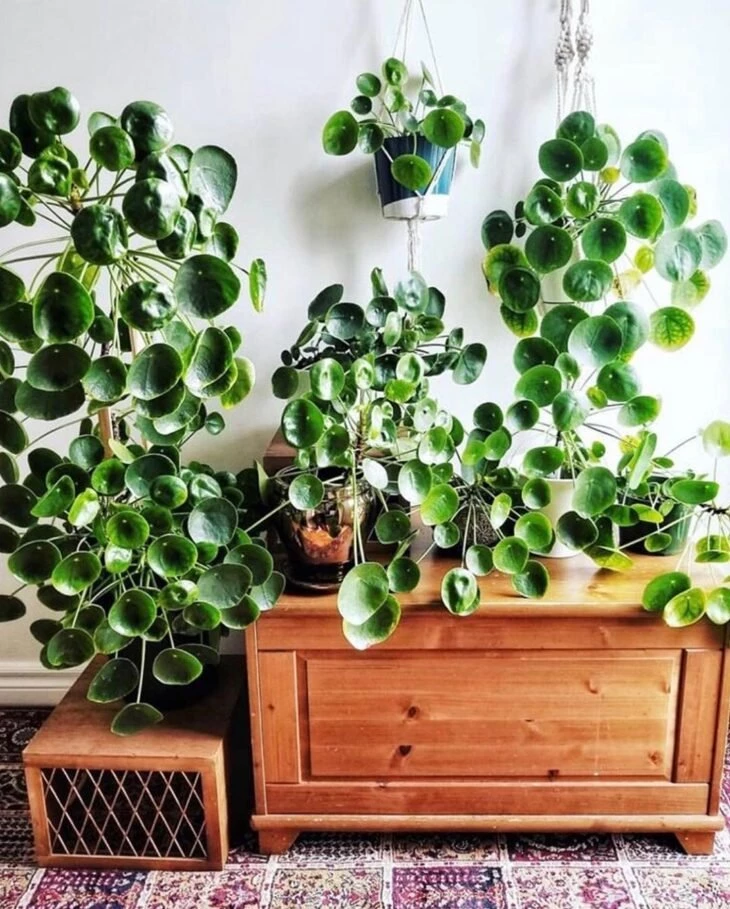
8. this is practically a mini tree decorating the table
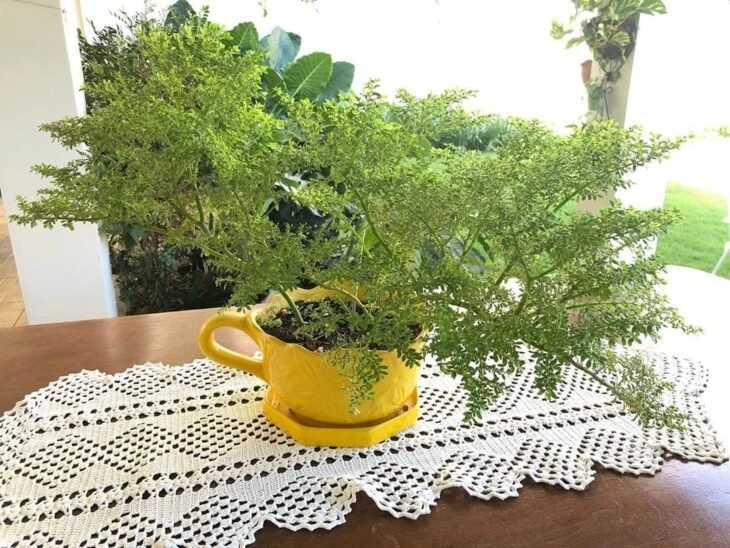
9. the pilea can also be on a table by the window
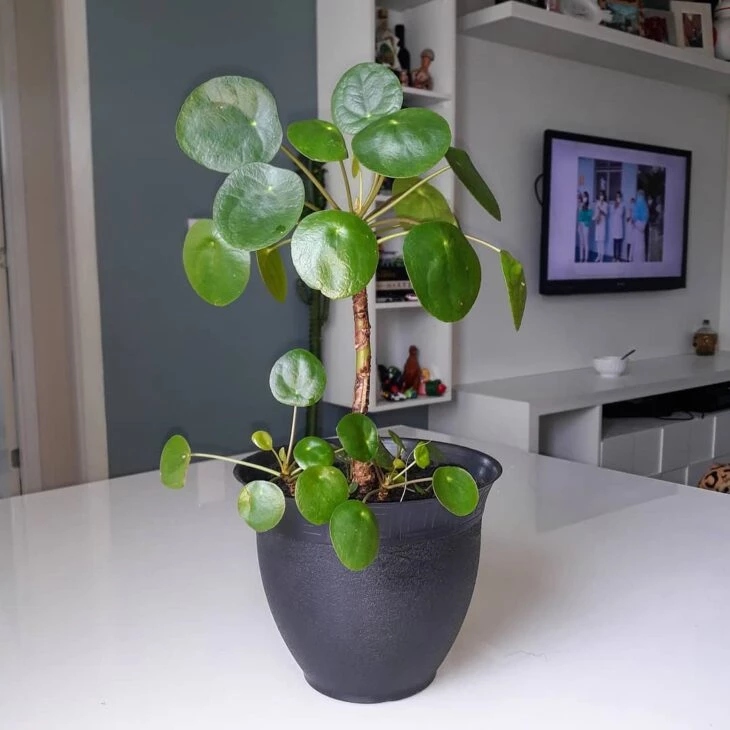
10. in the living room, the pilea can decorate your rack
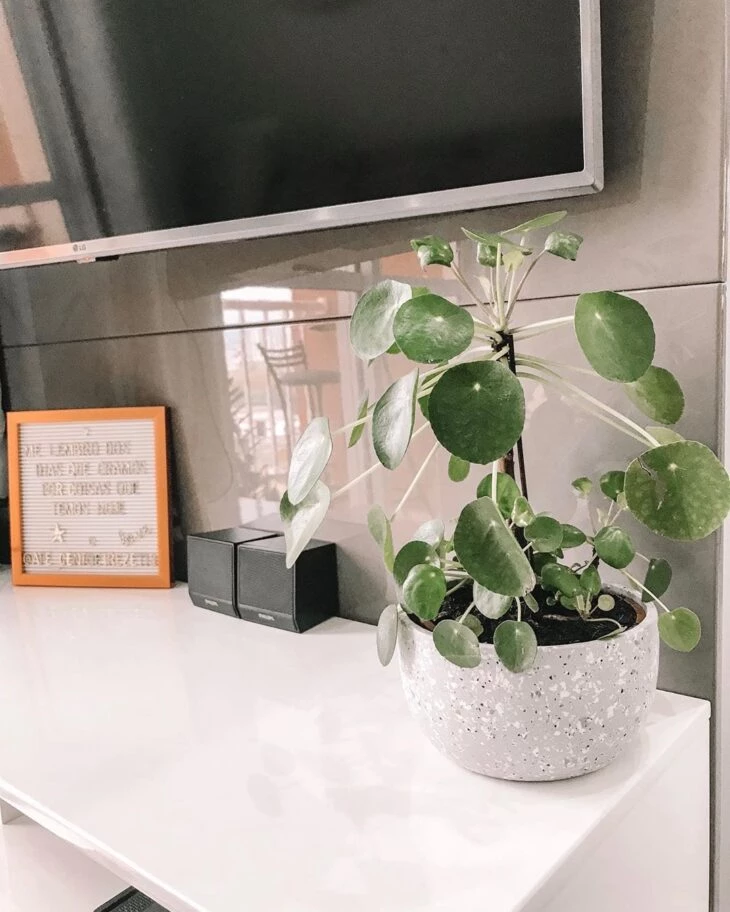
11. and it can be placed next to another plant to bring more green to the place
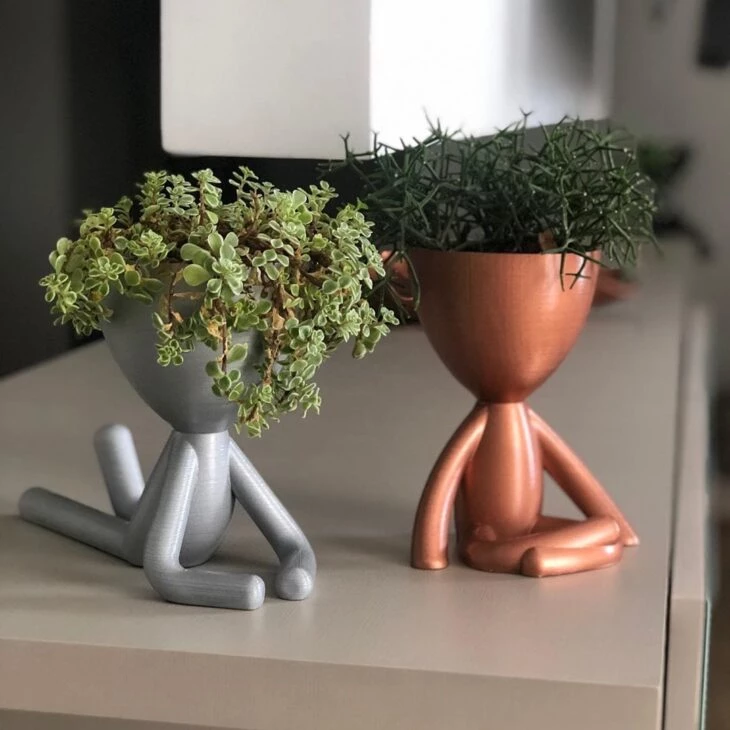
12. the pilea also looks good on a table next to the sofa
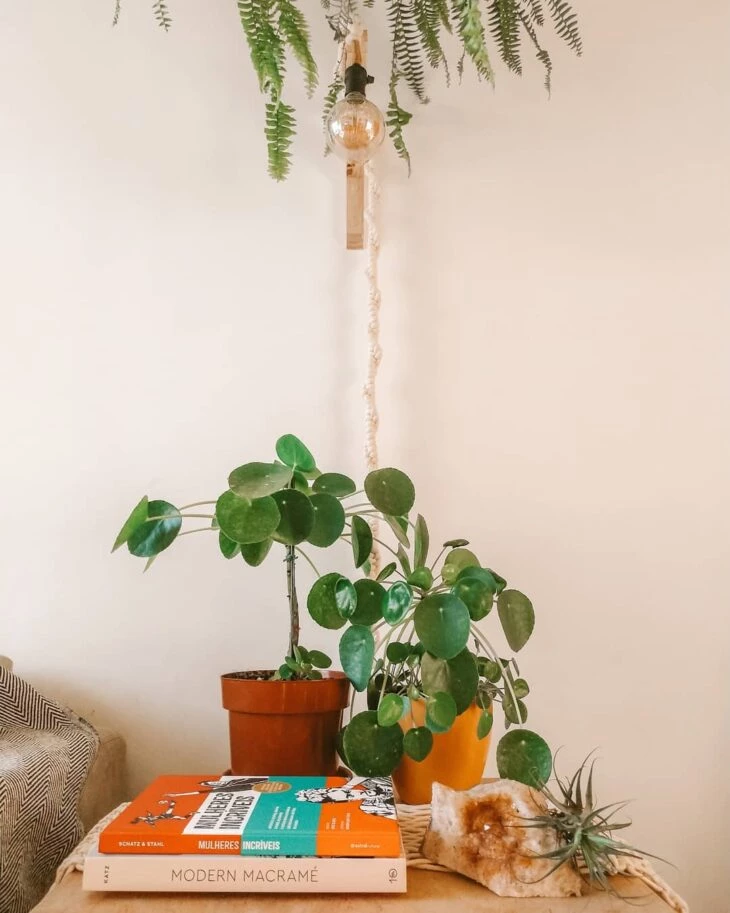
13. or on a stool bringing life to a bright room
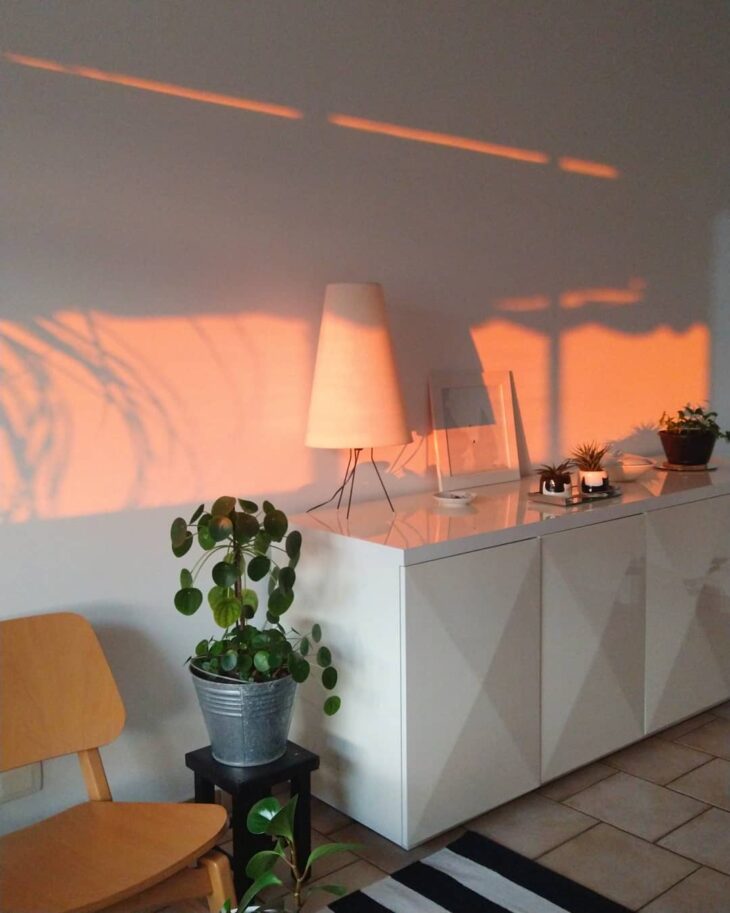
14. how about leaving it on top of a cabinet?
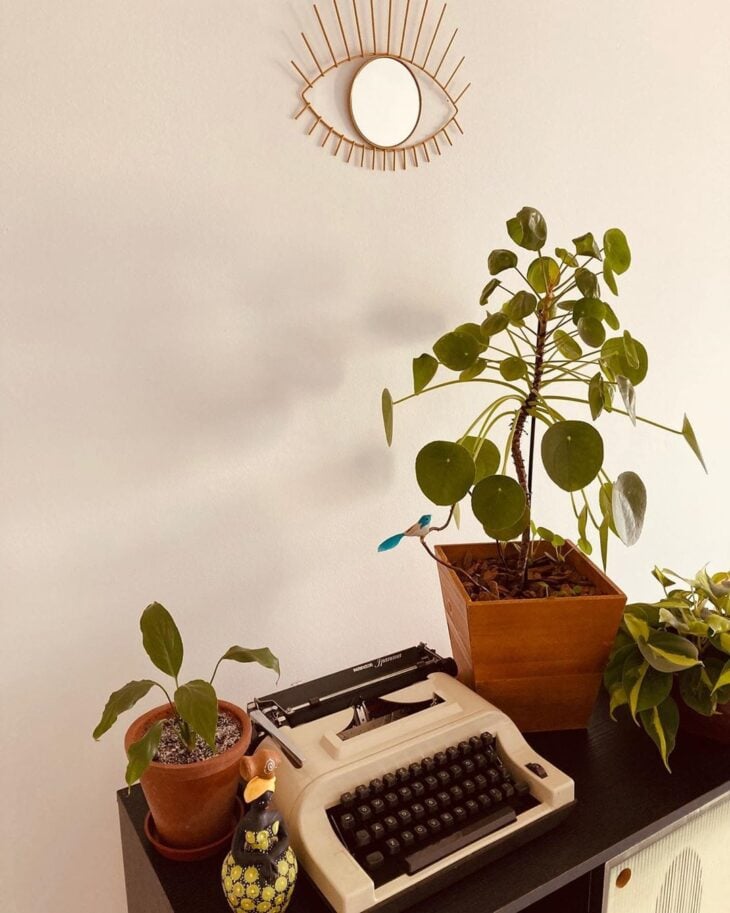
15. if you choose a pendant species, leave the plant high up
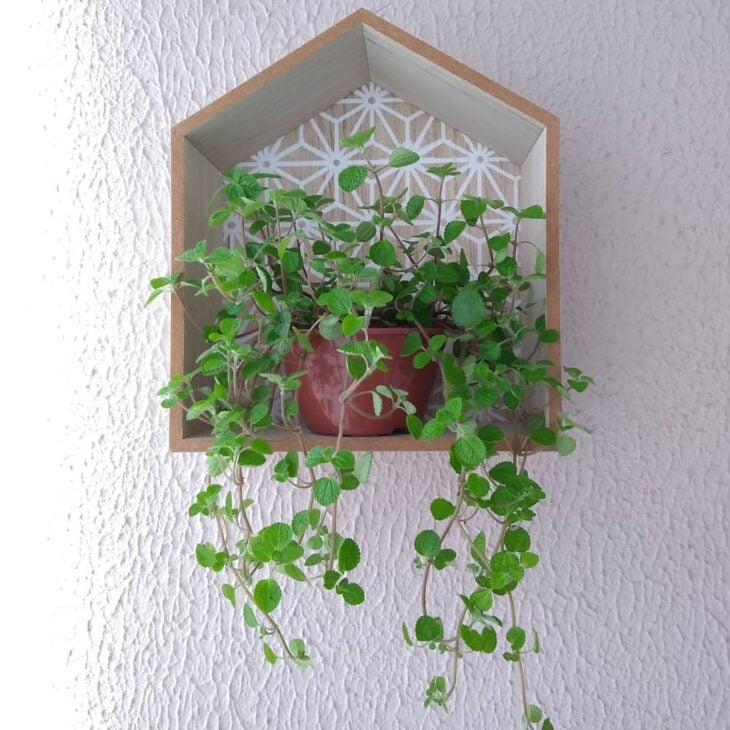
16. it can stay on top of the sink

17. or in a vase hanging on the wall
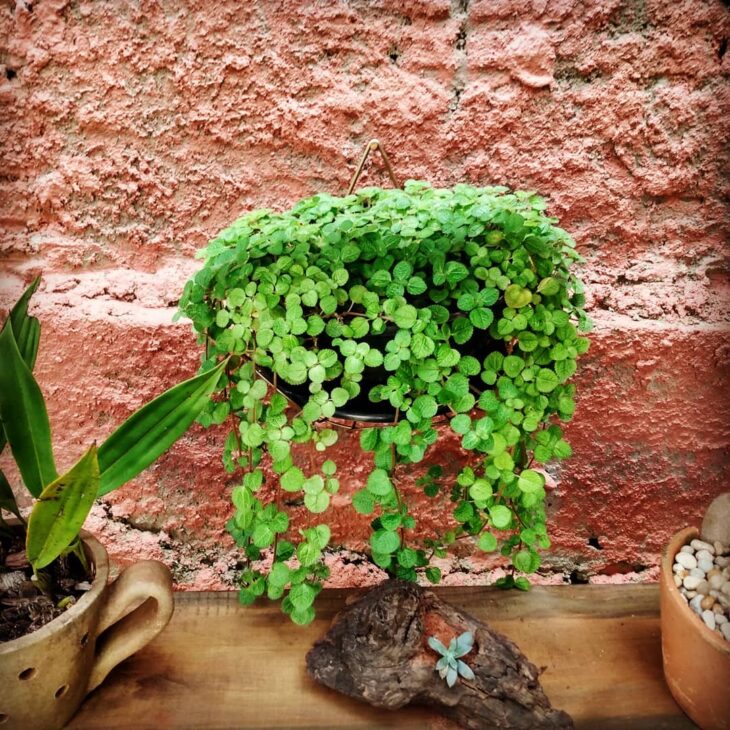
18. on suspended shelves, the pilea looks charming
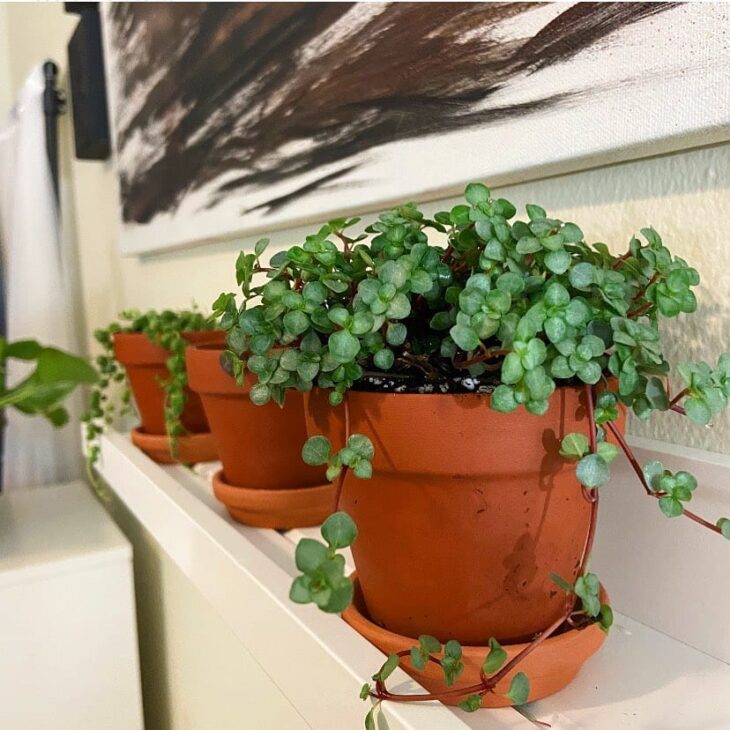
19. here, she brought a lot of life and beauty to the furniture, no?
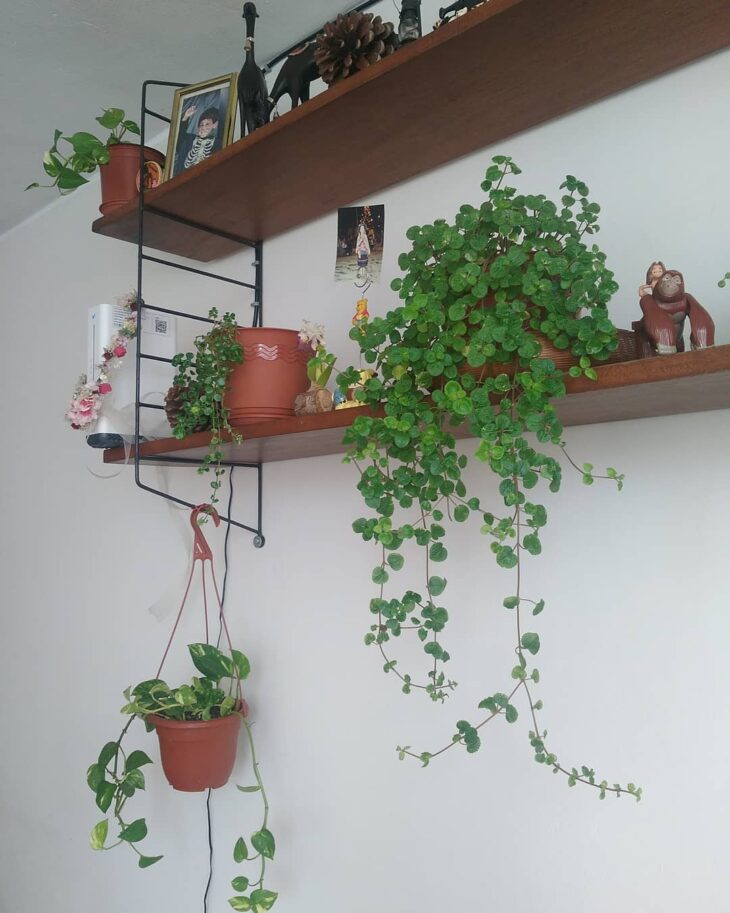
20. another way to let it hang is on a special support
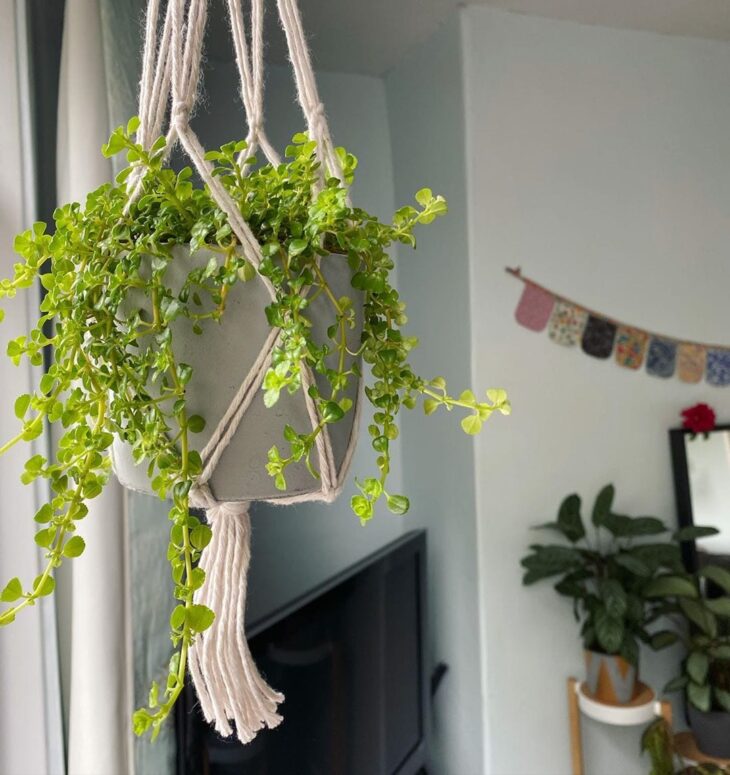
21. the stand is good for those who don't have space on their furniture

22. pilea can also line a vase in your home
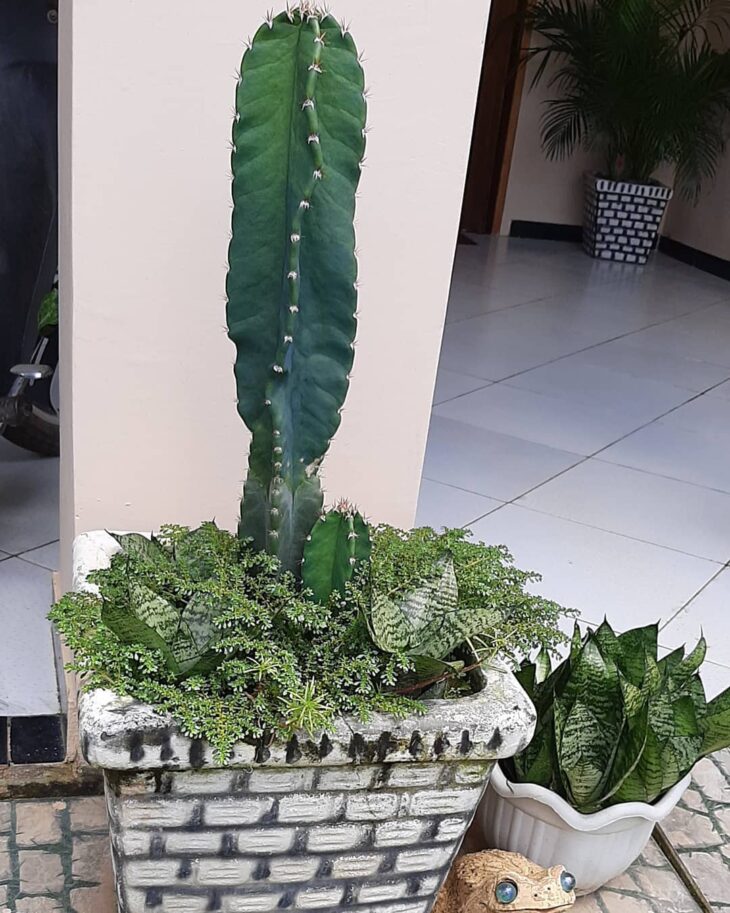
23. or make a beautiful lining in a garden
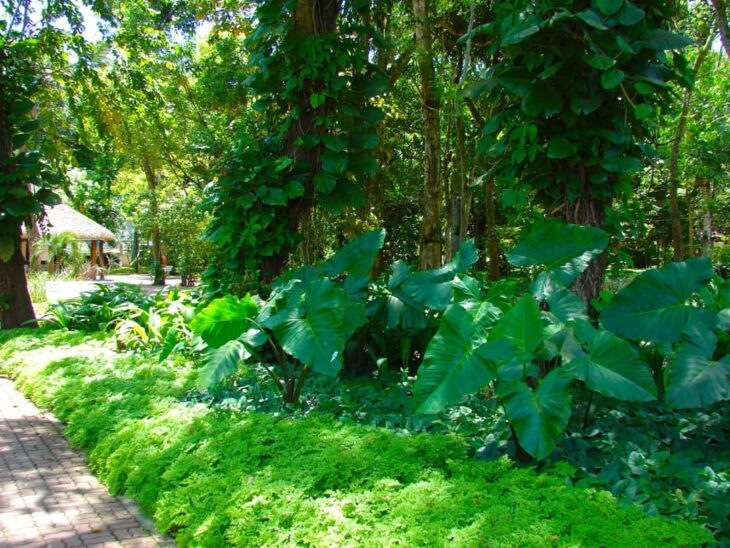
24. in the pool bed, it brings elegance and warmth
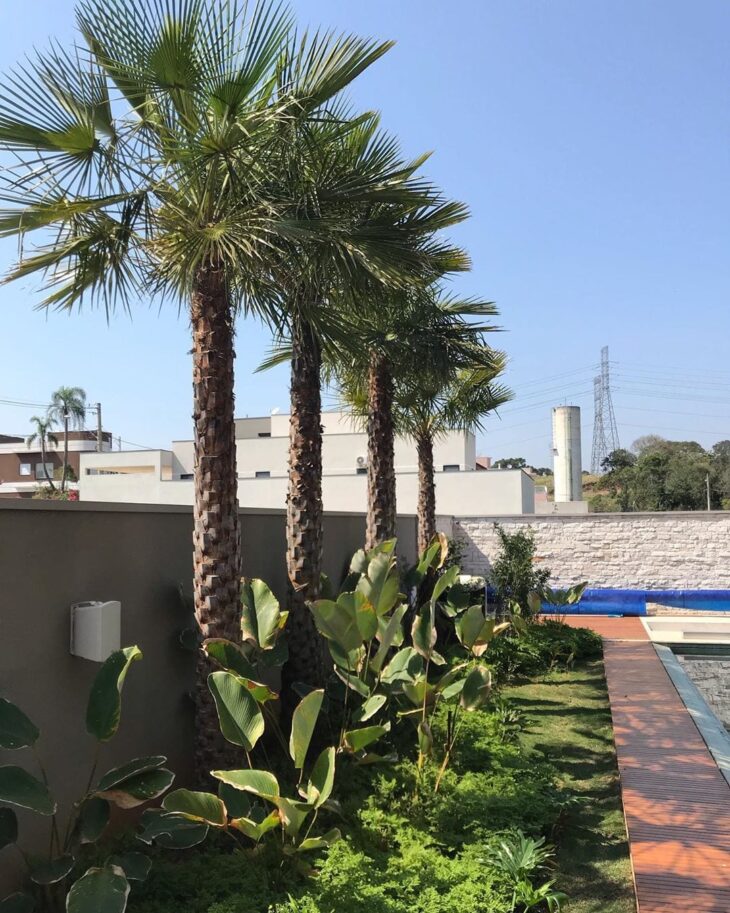
25. and at the entrance of the house, the pilea beautifies the path!
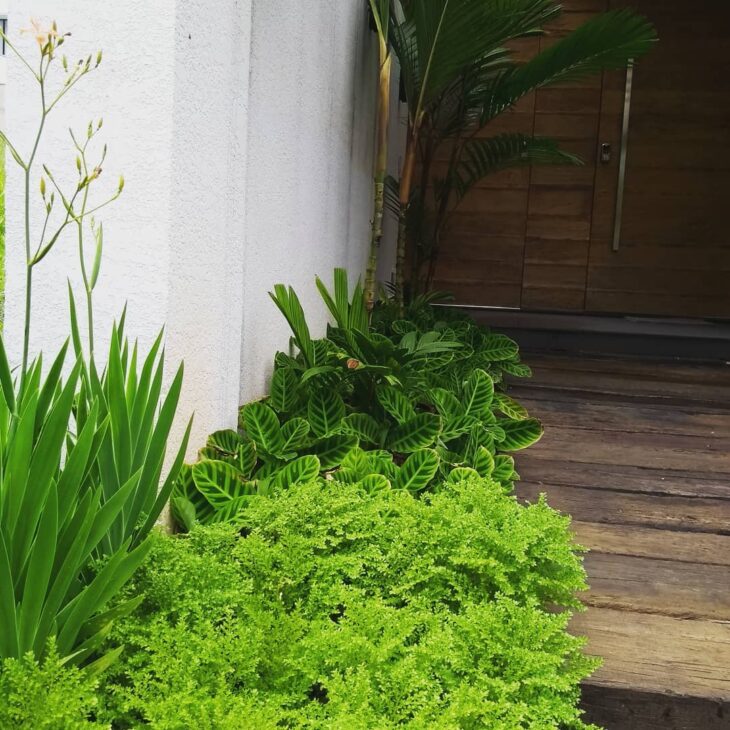
Besides being beautiful and bringing a bit of nature into your home, the pilea is an interesting plant because it can be used in different ways in your home. But, if you are still not sure that it is the best option for your decoration, how about getting to know the begonia maculata?


